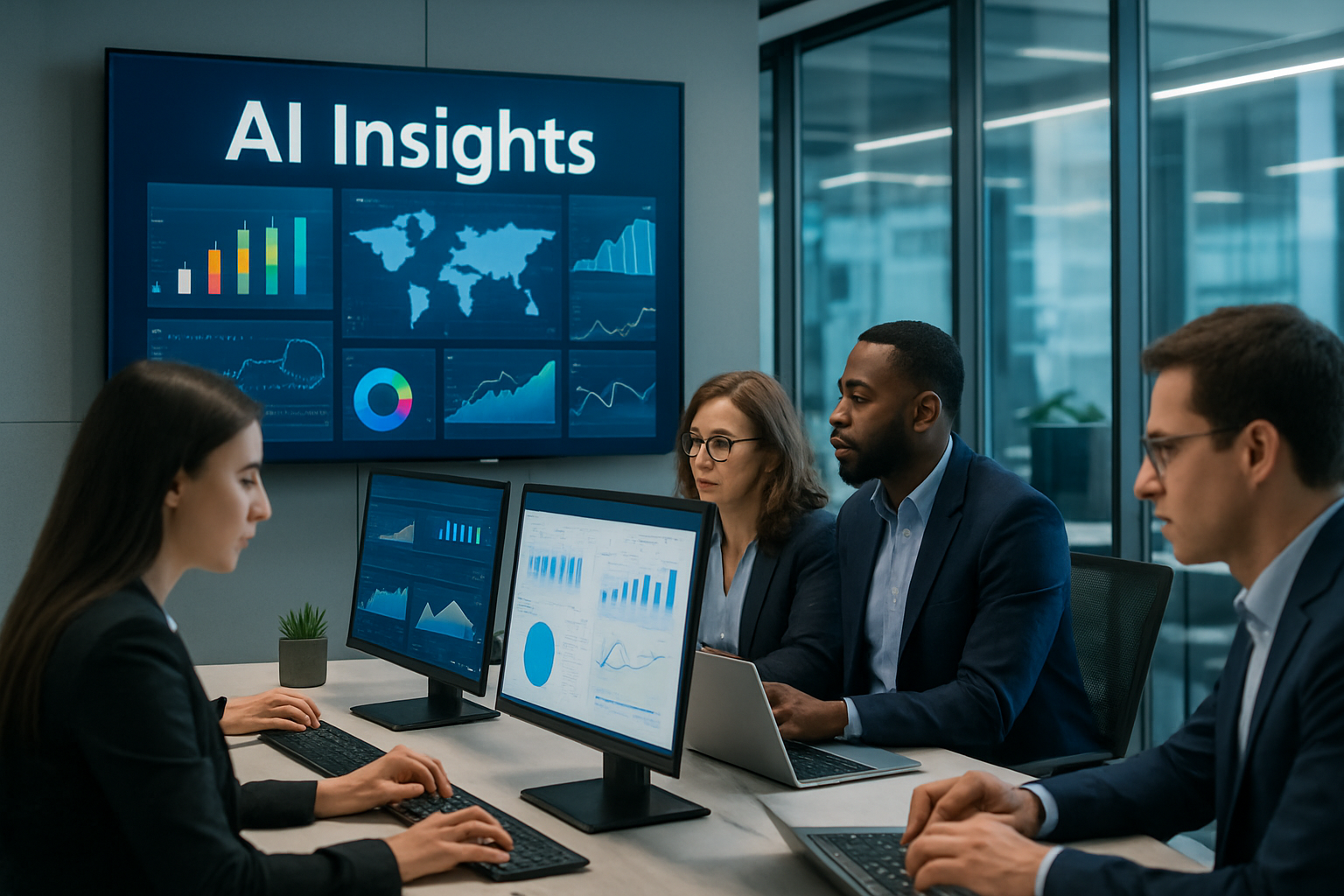How AI is Redefining the Role of Market Researchers: From Data Collectors to Strategic Storytellers

Ten years ago, market researchers were like data hunters — painstakingly collecting survey responses, stitching together focus group insights, and building clunky reports. Today, AI is flipping that role on its head. Raw data isn’t the prize alone anymore, but strategic storytelling is.
We’re witnessing the rise of a new breed of market researchers, ones who don’t just gather data but interpret it in ways that drive vision, innovation, and strategy. And AI is here to elevate these researchers and their role in the market.
Let’s explore how AI is transforming market researchers from reactive data gatherers into proactive insight architects.
From Manual Labor to Machine Precision
Traditional research methods demanded long hours for survey creation, manual entry, and repetitive analysis. Now, AI handles much of this grunt work at warp speed. Today’s AI-powered platforms can automatically gather data from diverse touchpoints, whether it’s online reviews, customer service transcripts, social media chatter, or even heatmaps from in-store behavior. What once took days or weeks now happens in minutes, with greater consistency and depth. This is how AI betters the role of market researchers –
- AI-powered automation slashes time and errors.
- It parses through massive unstructured datasets like open-ended surveys, tweets, and video transcripts using Natural Language Processing (NLP).
- With machine learning, patterns emerge faster, allowing researchers to move from hindsight to foresight.
Instead of staring at static Excel sheets, researchers now work with dynamic dashboards that update in real time, enabling faster, more informed decisions. This shift frees up time for deeper insight generation, hypothesis testing, and strategic planning, turning market research into a competitive advantage rather than a cost center.
Sentiment Analysis Supported by AI
Understanding ‘what’ people say is easy. Knowing ‘how’ they feel when they say it? That’s where AI shines. AI-driven sentiment analysis tools use voice tone, facial expressions, and even body language in video interviews to detect subtle cues. For example –
- Textual NLP algorithms can assess millions of customer reviews and identify nuanced shifts in sentiment.
- Voice and video analysis can detect stress, hesitation, or enthusiasm, adding emotional depth to data.
- Social listening tools like Brandwatch or Sprinklr track real-time brand sentiment across platforms.
For example, Coca-Cola uses AI-driven sentiment analysis to monitor how people feel about their campaigns in real-time. If public sentiment shifts, whether due to cultural trends, events, or feedback, the brand can quickly adjust its messaging or visuals mid-launch. This level of agility ensures the campaign stays relevant and resonates with consumers throughout its run, rather than becoming outdated or misaligned with public mood.
Personalization at Scale: Targeting Like Never Before
Another AI-powered superpower in market research is hyper-personalization. Brands can now tailor their offerings not just to segments—but to individuals. AI sifts through browsing behavior, purchase history, demographic details, and even emotional responses to design experiences that resonate personally.
For instance, AI might identify that a certain group of users prefer watching unboxing videos late at night and make a strategic decision to push video ads during that time frame. This level of personalization increases engagement, conversions, and, ultimately, ROI.
Even more transformative is the rise of AI agents—autonomous tools that can track competitor activity, decode consumer patterns, and surface emerging trends, often without human prompting. These agents learn over time, adapting their analysis based on market signals and feedback, giving businesses a strategic edge.
Top Market Research Trends in 2025 – Thanks to AI
In 2025, customer segmentation has become more granular, helping companies tailor strategies based on behavior and preferences. AI-driven survey platforms optimize question design and provide instant feedback. Chatbots and virtual assistants now conduct interviews, gather feedback, and even summarize key findings.
On the competitive front, AI monitors rivals’ online activity, providing live insights into market shifts. As machine learning advances, businesses can expect even richer insights across formats like voice and images. For future-ready companies, integrating AI into research is no longer optional, it’s a must.
Challenges on The Horizon
Of course, AI isn’t without its complications. Data privacy, algorithmic bias, and the ethical use of insights are hot-button issues. As tools become more advanced, the risk of overreliance also grows; blindly trusting black-box algorithms without understanding their context can lead to flawed decisions.
Researchers must evolve as ethical stewards, ensuring AI applications respect user consent, eliminate bias, and maintain human oversight. Regulatory bodies are also catching up, emphasizing transparency and fairness in AI usage in consumer data.
Conclusion: Researchers as AI co-pilots
Looking ahead, market research will become even more immersive and continuous. With the rise of generative AI and multimodal analysis, researchers will tap into text, image, voice, and video simultaneously, creating a 360-degree understanding of the consumer.
The research function will increasingly sit closer to strategy and innovation, influencing product design, customer experience, and brand storytelling. The human ability to empathize, contextualize, and persuade remains irreplaceable.